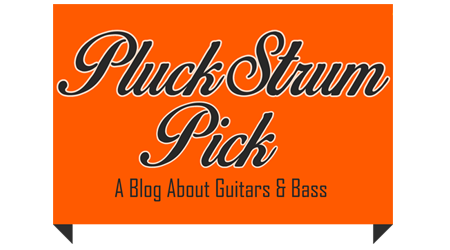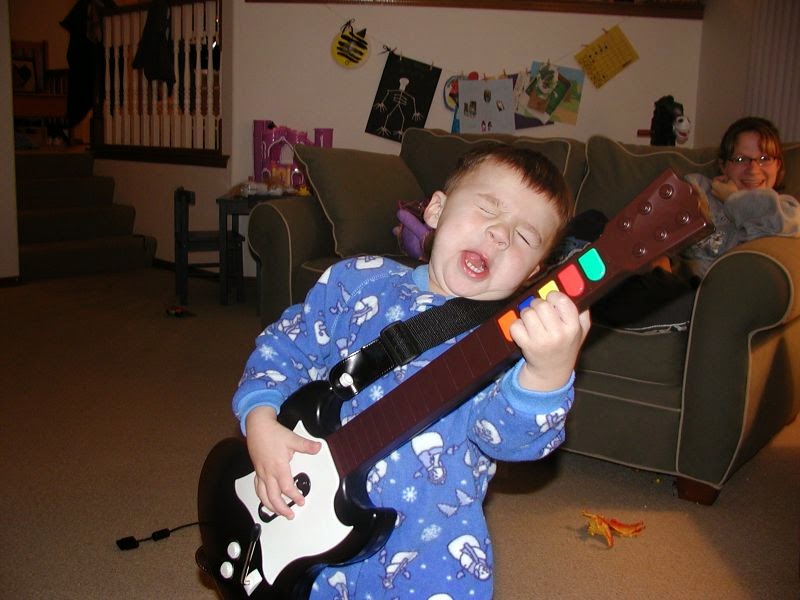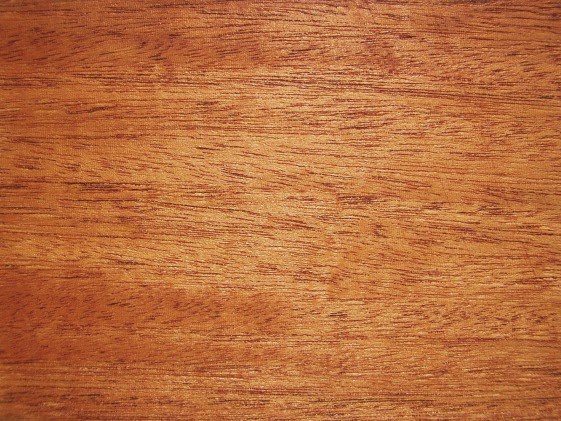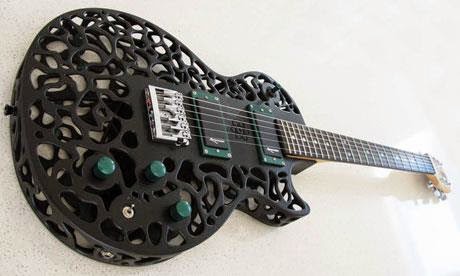Sitting right in the mid-range of Fenders 'bass line', the P-Bass is probably about the best bang-for-buck you're gonna' get. And some bang it is.
I've been playing a 2008 model for the past week, trying to acquaint myself with these dopey cable-car cables that bassists call 'strings'. But what a bass to have this experience with.
The body material is alder which, if we're getting 'tone-woodey', should give it a sharp and crisp tone (it does have a sharp and crisp tone... should I reevaluate my stance on tone wood? No). I would prefer a more premium wood but I do appreciate that alder is a little bit lighter than swamp ash, this makes the bass very comfortable to play for extended periods of time. The body is finished with polyester in 'Lake Placid Blue' which, despite it being poly, is really gorgeous.
The neck and fretboard are all maple (apart from the skunk stripe covering the truss rod which I believe is rosewood), it's a mapley affair. The fretboard is really lovely to play, it's got nice medium-jumbo frets and a 34" scale length. It's got a synthetic bone nut and the finish on the neck is a pretty slick satin urethane. Not slowing down my playing like the Schecter I reviewed.
Considering I am a sub-par bassist AT BEST, this thing made me feel like Bootsy Collins (Parliament era, obviously!). I was slappin' and poppin', bustin' out fills like it was goin' out of fashion. Then I recorded my playing and realised my 'amazing' bass line was pretty sh*t, but what a great time I had recording it! This bass is fun to play.
The sound is fantastic and saying it's 'versatile' doesn't do the bass justice. The range of tones I was able to pull out of this went from funk to death-metal, it does the lot and it does it well. I had this coupled with an ashdown and they really compliment each other well.
The 'look' of the bass is a classic, and it's a classic for a reason (Leo Fender himself did the original design). This bass just suits everyone, from hair metal bands to ambient indie groups. The styling is sublime, simple and functional. The 'lake placid blue' with the white pickguard is really gorgeous and the photo does it no justice. For a bass that is over 6 years old the finish has held up well, with only one major crack in the finish that I could find.
Should you buy it?
- Are you a beginner looking for a versatile and great-playing bass? Yes, you should buy it.
- Are you an intermediate bass player looking for a step up from your starter instrument? Yes, you should buy it.
- Are you an advanced bassist looking to add to the stable? You've probably already got one. No? Buy it!
- Do you hate having fun and/or big thick strings? No, don't buy it.
I can only recommend this instrument, it's just so balanced. The aesthetic is perfect, so many of the greats have played them so its pretty easy to play pretend (I was flea, Sting, Steve Harris and Mark Hoppus all in one afternoon). It's fundamentally enjoyable to play and has great tonal range, it's just a great bass.













.jpg)

